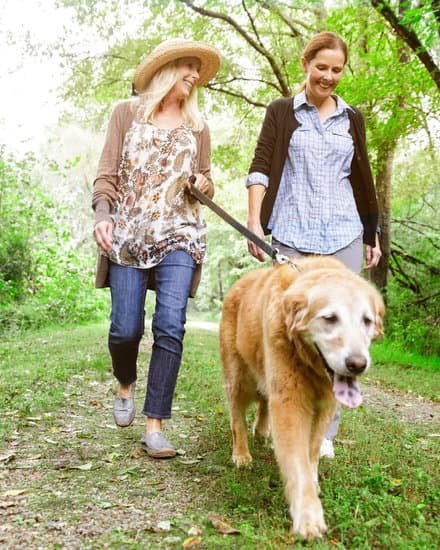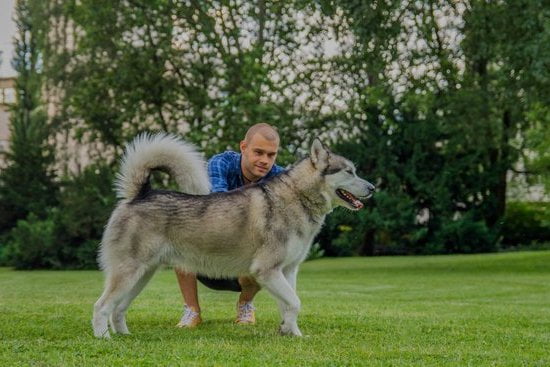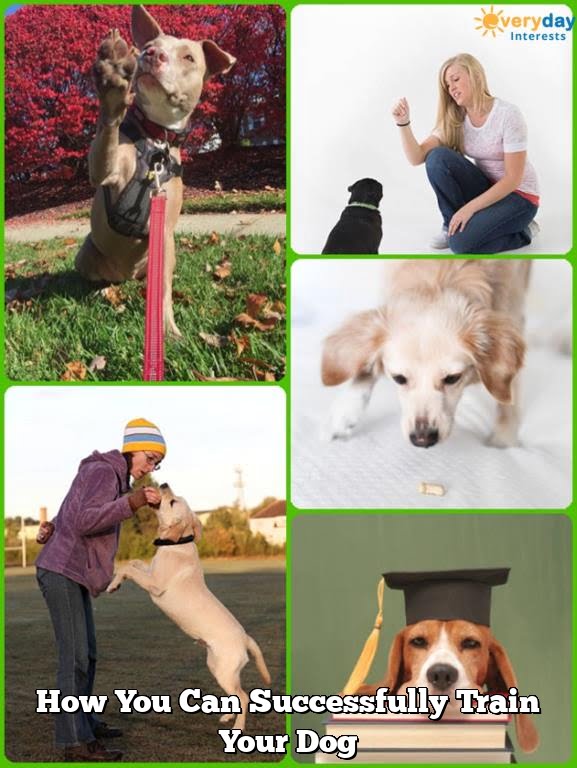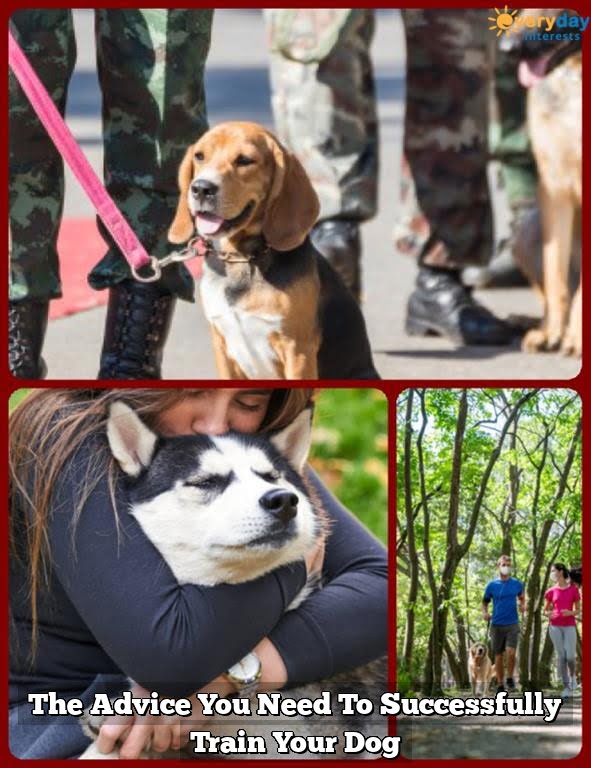Are you wondering how to successfully crate train your dog? Crate training is a valuable tool for pet owners that can provide numerous benefits for both you and your furry friend. From creating a safe space for your dog to helping with potty training and reducing anxiety, crate training can be a positive experience when done correctly.
Crate training is not only about confinement, but also about providing a secure and comfortable environment for your dog. In this article, we will explore the purpose and benefits of crate training, as well as provide practical tips on how to effectively introduce your dog to their crate and make the process a positive one.
By understanding the purpose and benefits of crate training, you can set the stage for a successful and rewarding experience for both you and your dog. So let’s dive in and learn more about how to make crate training a positive experience for your canine companion.
Selecting the Right Crate for Your Dog
When it comes to crate training your dog, selecting the right crate is crucial for the success of the training process. The size, material, and features of the crate are important factors to consider in order to ensure your dog feels safe and comfortable in their new environment.
First and foremost, you’ll want to consider the size of the crate in relation to your dog. It’s essential that the crate is large enough for your dog to stand up, turn around, and lie down comfortably. A general rule of thumb is to choose a crate that is approximately 6 inches longer than your dog from nose to tail and tall enough for them to stand without hitting their head.
In terms of material, wire crates are a popular choice as they provide good ventilation and allow your dog to see their surroundings. However, if your goal is to create a den-like environment for your dog, a plastic or fabric crate may be more suitable. Consider your dog’s unique needs and preferences when making this decision.
Lastly, think about any additional features that may benefit your dog during crate training. For instance, some crates come with dividers that allow you to adjust the size of the interior space as your puppy grows. Others may have removable trays for easy cleaning or doors that open from multiple sides for added convenience.
Ultimately, selecting the right crate for your dog sets the foundation for successful crate training. By considering their size, material preferences, and necessary features, you can create a comfortable and inviting space that will make the training process smoother and more effective.
Preparing the Crate
When preparing the crate for your dog, it is important to create a comfortable and inviting space that will encourage them to view the crate as a safe and secure environment. Here are some steps to follow in order to ensure that your dog feels at ease in their crate:
- Choose a comfortable bedding: Line the bottom of the crate with soft bedding such as blankets or a pet bed to create a cozy environment for your dog.
- Provide enticing toys and treats: Place your dog’s favorite toys and treats inside the crate to entice them to enter and spend time in their new space. This will help them associate the crate with positive experiences.
- Add familiar scents: Introduce familiar scents such as an unwashed piece of clothing or a blanket that smells like you, which can provide comfort and reassurance to your dog while they are in the crate.
It is also important to consider the location of the crate within your home. Choose a quiet and peaceful area where your dog can have some privacy but still feel like part of the family. Avoid placing the crate in high-traffic areas or near loud noises that could cause unnecessary stress for your dog.
Remember, making the crate comfortable and inviting for your dog is an essential step in successfully crate training them. By creating a positive association with their crate, you can set them up for success as they learn to spend time in their own special place.
Introducing Your Dog to the Crate
One of the first steps in introducing your dog to the crate is to make it a positive experience. Start by placing treats, toys, or even their favorite blanket inside the crate to encourage them to explore it on their own terms. This helps create positive associations with the crate, making it feel like a welcoming space rather than a source of anxiety.
Once your dog has shown interest in the crate, start feeding them near the entrance or just inside the crate. This helps them associate mealtime with the crate, further reinforcing positive feelings towards it. Slowly move their food bowl farther into the crate over time until they are comfortable eating their meals completely inside.
Another important aspect of introducing your dog to the crate is to never force them inside. Instead, use positive reinforcement such as praise, treats, or toys to encourage them to voluntarily enter the space. Additionally, avoid closing the door initially; allow your dog to come and go as they please until they feel completely at ease with being inside.
| Introducing Your Dog Crate Tips | Benefits |
|---|---|
| Make it positive | Reduces anxiety and stress |
| Feed near entrance | Associates mealtime with comfort |
| Avoid forcing them inside |
The Crate Training Process
Introduce the Crate as a Safe Space
When it comes to successfully crate training your dog, it’s essential to establish the crate as a safe and comfortable space for your pet. Start by placing the crate in a location where your dog spends a lot of time, such as the living room or bedroom.
Leave the door open and allow your dog to explore the crate at their own pace. You can also place some treats, toys, or a comfortable blanket inside to make it more inviting.
Gradual Introduction to Crate Time
Once your dog seems comfortable with the crate, start introducing short periods of time spent inside. Begin by encouraging your dog to enter the crate with treats or toys and then close the door for a few minutes while you are still in sight. Gradually increase the time spent in the crate, always making sure to let your dog out before they become anxious or uncomfortable.
Consistency Is Key
Consistency is crucial when it comes to crate training. Establish a routine for when your dog goes in the crate, such as during meal times or when you leave the house.
Always use positive reinforcement and praise when they enter the crate willingly, and never use it as a form of punishment. Stick to the schedule and be patient – with time and consistency, your dog will begin to see the crate as a safe haven rather than a place of confinement.
By following these steps and being patient with your furry friend, you can successfully crate train your dog and provide them with a secure space of their own. Remember that every pet is different, so it’s important to adjust the process according to your dog’s needs and behavior. With dedication and love, you can build a strong bond with your pet through effective crate training.
Addressing Common Challenges
Crate training a dog can come with its challenges, especially when it comes to addressing separation anxiety, whining, and barking. This section will discuss how to successfully tackle these common challenges and ensure that your dog becomes comfortable and at ease with their crate.
Separation anxiety is a common issue that many dogs face when their owners leave them alone. To help your dog overcome this, it’s important to associate the crate with positive experiences. Start by leaving the crate open in a familiar environment for short periods while you are at home so that your dog can go in and out as they please.
Gradually increase the time they spend in the crate while you are present, and then start leaving them alone for short periods of time. This gradual approach helps your dog feel more comfortable being alone in the crate.
Whining and barking can be challenging behaviors to address during crate training. It’s essential to remain calm and not give in to your dog’s demands when they whine or bark. Instead, wait until they have calmed down before letting them out of the crate. Using positive reinforcement techniques such as rewarding quiet behavior and ignoring whining or barking can also be effective in teaching your dog appropriate crate behavior.
Consistency is key when addressing these common challenges during crate training. By following a consistent routine, using positive reinforcement, and gradually increasing your dog’s comfort level with the crate, you can successfully overcome separation anxiety, whining, and barking behaviors.
| Common Challenges Addressed | Strategies Used |
|---|---|
| Separation Anxiety | Gradual introduction to being alone in the crate |
| Whining and Barking | Consistent response, positive reinforcement techniques |
Using Positive Reinforcement
Rewards: Using Treats and Toys
Using positive reinforcement in crate training your dog is essential for their success. One of the most effective ways to do this is by providing rewards such as treats and toys. When your dog enters the crate willingly or remains calm inside, offer them a small treat or a favorite toy as a reward. This will create a positive association with the crate and encourage them to view it as a safe and enjoyable space.
Praise and Encouragement: Verbal Affirmation
In addition to rewards, praise and verbal encouragement are also crucial in crate training your dog. Use a cheerful tone of voice when directing your dog towards the crate or when they display positive behavior while inside it. Remember to use phrases like “good boy/girl” or “well done” to let them know that they are doing well. Positive affirmations can go a long way in building your dog’s confidence and trust in the crate.
Consistency Is Key
Consistency is key when using positive reinforcement in crate training your dog. Make sure to consistently reward good behavior, offer verbal praise, and provide encouragement every time they enter their crate willingly or exhibit calm behavior while inside it. By doing so, you are reinforcing the desired behavior and helping your dog understand what is expected of them. Over time, this will help strengthen their bond with the crate and make them more comfortable with it.
Utilizing rewards, praise, and encouragement effectively can significantly contribute to successfully crate training your dog. It is important to be patient, consistent, and positive throughout the process to ensure that your dog develops a positive association with their crate.
Gradual Transition
After successfully crate training your dog, the next step is to gradually transition from using the crate to allowing your dog freedom in the house. This process requires patience, consistency, and understanding of your dog’s behavior and needs. By following a gradual transition approach, you can help ensure that your dog feels comfortable and confident as they navigate their newfound freedom.
One of the first steps in the gradual transition process is to slowly increase the amount of time your dog spends outside of the crate. Begin by allowing short periods of supervised freedom in a designated area of the house. This can help prevent any accidents or destructive behavior while giving your dog a taste of independence.
As you extend the freedom time, continue to monitor your dog’s behavior closely. Look for any signs of anxiety, restlessness, or destructive tendencies. If necessary, take a step back and re-introduce more structured crate time before attempting another transition to freedom.
Utilizing positive reinforcement during this transition period is essential. Reward good behavior with treats, praise, and affection to reinforce positive habits. Additionally, continue to provide mental and physical stimulation through playtime, walks, and interactive toys to keep your dog engaged and satisfied outside of the crate.
With patience and consistent guidance, you can help your dog adjust to their newfound freedom in the house while maintaining good behavior. Understanding how to successfully crate train your dog includes recognizing when they are ready for more independence and taking the necessary steps to ensure a smooth transition.
Final Tips for Successful and Effective Crate Training
When it comes to crate training your dog, there are a few final tips that can help ensure success and effectiveness in the process. Firstly, it’s important to be patient and consistent throughout the training. Every dog is different, and some may take longer to acclimate to the crate than others. It’s crucial to remain patient and not rush the process.
Another important tip is to never use the crate as a form of punishment for your dog. The crate should always be associated with positive experiences and comfort. Using the crate as a punishment can create negative associations for your dog, making the training process much more difficult.
Additionally, it’s essential to provide plenty of exercise and mental stimulation for your dog outside of the crate. A tired and mentally stimulated dog is more likely to be calm and relaxed in their crate. Regular exercise and enrichment activities can help reduce any anxiety or energy-related issues that may arise during crate training.
By following these final tips along with the previous steps outlined in this article on how to successfully crate train your dog, you can create a positive and effective training experience for both you and your furry friend.
Conclusion
In conclusion, successfully crate training your dog requires understanding the purpose and benefits of crate training, selecting the right crate, preparing it for comfort, introducing your dog to the crate gradually and positively, establishing a routine and consistency in the training process, addressing common challenges such as separation anxiety and using positive reinforcement, as well as making a gradual transition to freedom in the house.
By following these steps and tips on how to successfully crate train your dog, you can help create a safe and comfortable space for your pet while also fostering a stronger bond between you and your furry friend.
Crate training is not only about providing a secure place for your dog when you’re away; it also serves as a valuable tool for housebreaking, managing behavior, and ensuring their safety. When done correctly, it can provide your dog with a sense of security and comfort while giving you peace of mind. With patience, consistency, and an understanding of your dog’s needs, you can successfully crate train them in a way that is both effective and compassionate.
Remember that every dog is unique and may require different approaches to crate training. It’s essential to be patient with your furry friend during this process. Each small step forward should be celebrated as an achievement for both you and your dog.
The successful completion of crate training can lead to improved behavior, reduced anxiety, increased independence for your pet, and ultimately a stronger bond between the two of you. So take the time to follow these guidelines on how to successfully crate train your dog – it will be well worth the effort in the end.
Frequently Asked Questions
How Long Does It Take for a Dog to Get Used to Crate Training?
The time it takes for a dog to get used to crate training can vary depending on the individual dog. Some dogs may adjust within a few days, while others may take weeks or even longer.
What Is the Fastest Way to Crate Train?
The fastest way to crate train a dog is to make the crate a positive and comfortable space for them. This can be done by gradually introducing the dog to the crate with treats and toys, and ensuring that they have positive experiences while inside.
How Many Hours a Day Should I Crate Train My Dog?
When crate training a dog, it is important to remember that they should not be crated for more than 4-6 hours at a time during the day. Puppies and younger dogs may need to be crated for shorter periods, while adult dogs can typically handle longer stretches.
It’s crucial to provide regular potty breaks and exercise outside of the crate.

Welcome to the blog! I am a professional dog trainer and have been working with dogs for many years. In this blog, I will be discussing various topics related to dog training, including tips, tricks, and advice. I hope you find this information helpful and informative. Thanks for reading!





